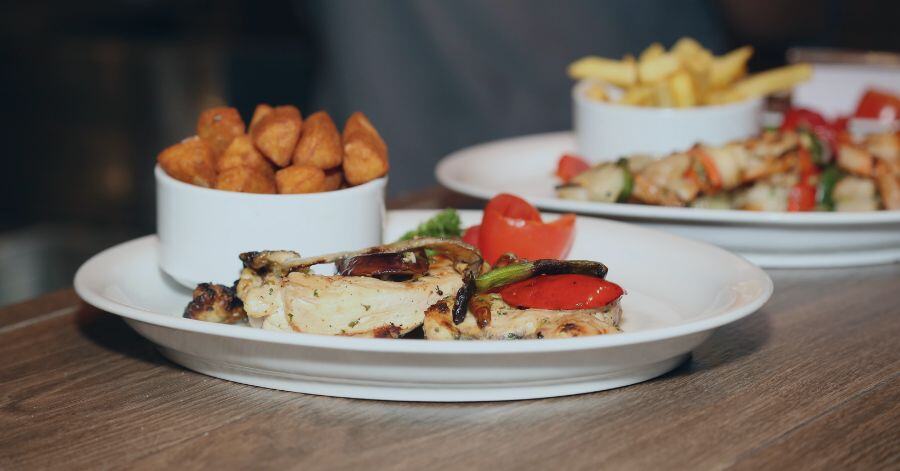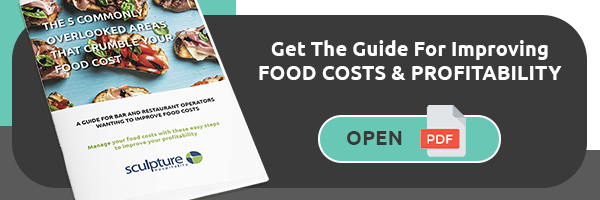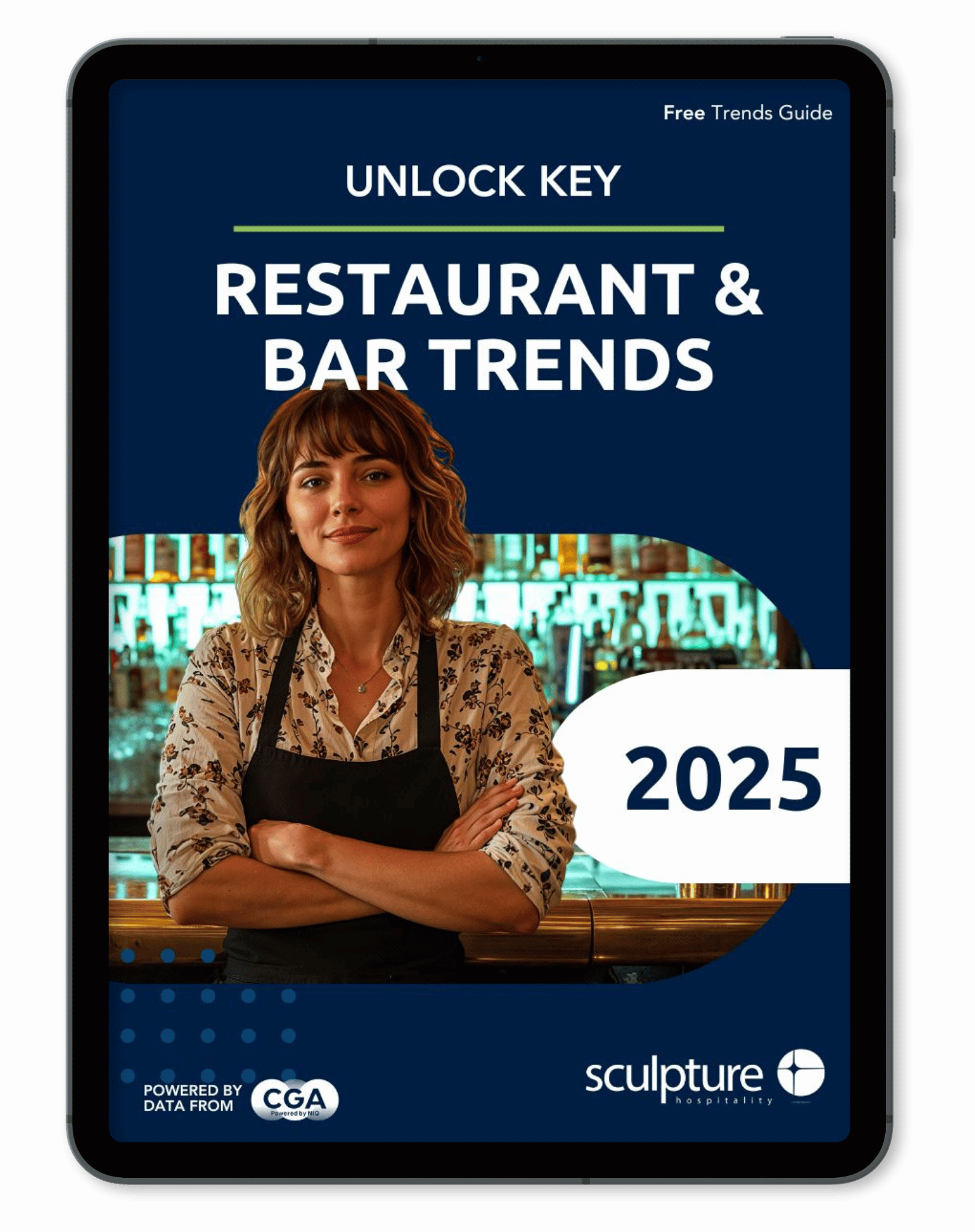Food cost - the price of your ingredients compared to the money you bring in from selling dishes - is the silent assassin lurking in the shadows of every restaurant.
Keeping a tight grip on restaurant food costs is tricky, but essential for survival. Imagine running a restaurant without knowing how much you're spending on food. It's like driving a car without looking at the gas gauge. You might end up running on empty before you realize it.
That's why understanding and managing your food cost is crucial for the success of your business. In this article, we’ll look at what restaurant food cost is, how you can calculate it and what the average industry percentage is.
What is Restaurant Food Cost?
Food cost is simply the percentage of your menu price that goes toward the ingredients in your dish. It's a fundamental metric that every restaurant owner and manager should be tracking closely.
Several factors can influence your restaurant’s food cost, including:
- Ingredient Prices: Fluctuations in the market can significantly impact your food cost.
- Portion Control: Inconsistent portion sizes can lead to higher food costs and customer dissatisfaction.
- Menu Engineering: Analyzing menu profitability can help you identify high and low-profit items.
- Waste Management: Implementing proper food storage, rotation, and utilization practices can reduce waste and lower food costs.
- Purchasing Practices: Building strong relationships with suppliers and negotiating favourable terms can positively impact your food cost.
How to Calculate Food Cost for Your Restaurant
Calculating food cost is like solving a complex culinary puzzle. It's essential for understanding your profitability and making informed decisions about your menu and pricing, but you need complete visibility and control of your inventory to get accurate data.
Restaurant food cost is calculated with this formula:
Beginning Inventory + Purchased Inventory – Ending Inventory = COGS
- Food cost is the percentage of your menu price that goes towards the ingredients in your dish.
- Cost of Goods Sold (COGS) is the total cost of the food and beverages sold during a specific period.
Breaking Down the Calculation:
- Determine Your Beginning Inventory: This is the value of your food and beverage inventory at the start of a specific period (e.g., week, month).
- Track Purchases: Record all food and beverage purchases during the specified period.
- Conduct a Final Inventory: Take a physical inventory at the end of the period to determine the value of your remaining stock.
- Calculate Cost of Goods Sold (COGS): Use the formula: Beginning Inventory + Purchases - Ending Inventory = COGS.
- Calculate Food Cost Percentage: Divide your COGS by your total food sales and multiply by 100.
Here's an example:
- Beginning inventory: $5,000
- Purchases: $10,000
- Ending inventory: $3,000
- Total food sales: $25,000
COGS = $5,000 + $10,000 - $3,000 = $12,000
Food cost percentage = ($12,000 / $25,000) x 100 = 48%
For accurate food cost calculations, it’s important that your restaurant conducts regular physical inventories, uses standardized recipes and portion sizes, tracks waste, and considers spoilage factors. All of this can be better achieved (and at a more efficient pace) with the help of restaurant inventory software and third-party inventory expertise.
What is the Average Restaurant Food Cost?
The average restaurant food cost percentage varies depending on several factors, including the type of restaurant, location, and menu offerings. However, the industry standard typically ranges from 28% to 35%.
It's important to note that this is just a general guideline. Your ideal food cost - which is the target percentage you aim to achieve based on your desired profit margin and operating costs - may be higher or lower based on your specific circumstances.
By comparing your actual restaurant food cost to your ideal food cost, you can identify areas for improvement and take corrective action, such as better managing portions, improving visibility and control of your inventory, building a more profitable menu, reducing waste, and making better ordering decisions.
Interested in how you can better leverage inventory data to reduce your restaurant food cost and increase the overall profitability of your business? Contact the team of Sculpture Hospitality inventory management experts today.











